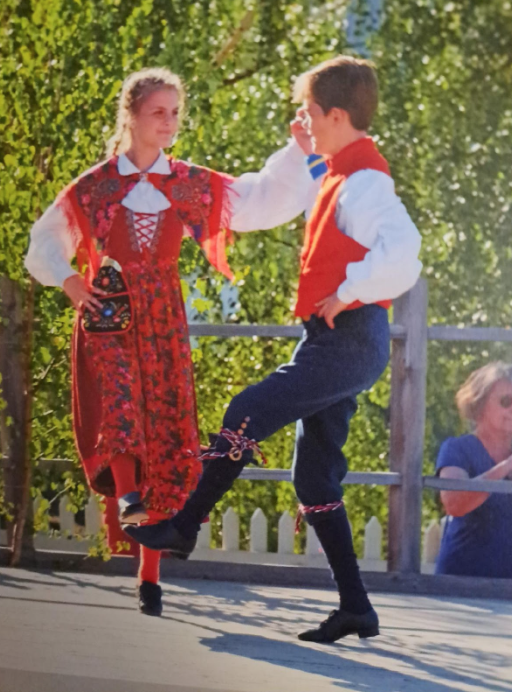Text:
Menthol and “The green liquid”
Context:
Informant: “Menthol, or what Americans call Vapor rub, was a huge remedy for me as a child. My grandma would use it on me anytime I was sick, and she would put it everywhere. She’d apply it on my nostrils, chest, and back, and it always gave me a feeling of relief.“
Collector: “My parents and grandmother would do the same thing, we think that stuff can cure anything. It kind of felt icy hot when applied, and it smelled medicinal, it would also give me immediate relief.“
Informant: “Icy hot is a great way to put it, and yes it smelled herbal. And speaking of herbs, did your grandma also have this green, herb-infused liquid that she’d place on you for like good luck or good health? It looked nasty and brownish but smelled really good.“
Collector: “Yes! My cousins and I would call it the money water, but my grandma never really gave us a formal name for it.“
Analysis:
In the case of Menthol and the mystery greenish/brown liquid, we have an instance of monogenesis, the diffusion of folk to different locations. What’s interesting in this case, is that HR’s grandmother was a Christian woman, while mine was a practitioner of Santeria, a fusion of witchcraft and religion. Although they both have different belief systems, it seems they share customs and folk medicines. I am not entirely aware of the origins of the heavy use of either form of medicine in Latin America, but they mostly stem from the interaction of European faith with indigenous belief. Latin America is a colonized land, and thus a lot of its culture is a fusion of some sort. When HR mentions the herbal smell or use of herbs within Menthol and green liquid, I was immediately reminded of Indigenous cultures and their ties to herbal remedies. Native cultures are known for being highly adept to use of herbs for rituals, medicines, and even good luck. When taking a step back and considering a diachronic perspective, one can see how Indigenous culture has diffused into Latin America over time.

